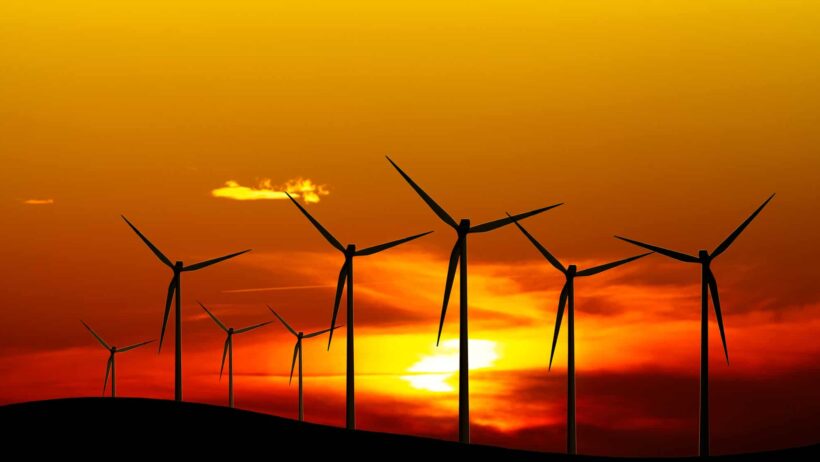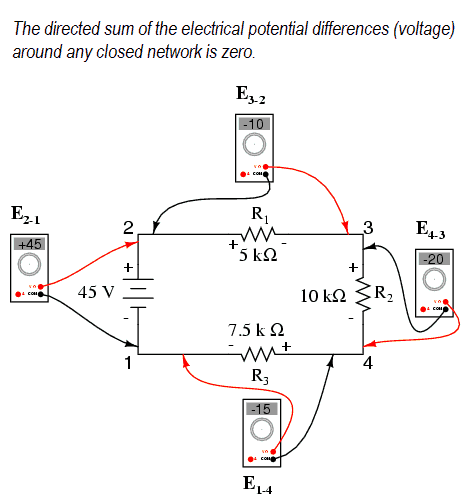Energy conservation is not merely an optional endeavor but an imperative necessity in the contemporary era characterized by pronounced environmental challenges. The rapid depletion of natural resources, combined with the escalating phenomena of climate change, necessitates a multifaceted approach to energy consumption and conservation. This discourse will elaborate on the various dimensions of nature and environment energy conservation, addressing its significance, methods, strategies, and holistic benefits.
The essence of energy conservation lies in the deliberate and systematic reduction of energy consumption. This principle can be applied across residential, commercial, and industrial sectors. By grasping the concept of energy efficiency, one can ascertain that energy conservation is inherently linked to energy efficiency, though the two are distinct. Energy efficiency relates to using technology or practices that require less energy to perform the same function, while energy conservation emphasizes behavioral changes and proactive measures to reduce usage.
Understanding different types of energy is crucial for grasping the larger context of energy conservation. There are primarily two categories: renewable and non-renewable energy sources. Renewable sources, such as solar, wind, and hydro energy, are replenishable and have lower environmental impacts. In contrast, non-renewable sources, including coal, oil, and natural gas, are finite and significantly contribute to pollution and greenhouse gas emissions. Fostering a shift towards renewable energy sources is pivotal for sustainable energy conservation.
One of the most auspicious methods of energy conservation is the implementation of Energy Conservation Measures (ECMs). ECMs encompass practices and technologies aimed at enhancing the efficiency of energy use or reducing energy consumption. These can include simple measures like insulating buildings to decrease heating and cooling energy demands or more complex installations such as smart grids and energy management systems. By optimizing energy use, these measures not only reduce operational costs but also diminish the overall carbon footprint.
Energy-efficient appliances have proliferated in recent years, providing consumers with numerous choices to lessen their energy consumption. These appliances, often bearing the ENERGY STAR label, use advanced technology to achieve higher efficiency. For instance, energy-efficient light bulbs like LEDs consume a fraction of the energy of traditional incandescent bulbs while providing the same luminosity. Transitioning to such appliances at home or in workplaces plays a significant role in achieving substantial energy savings.
Governmental regulations often serve as a catalyst for energy conservation efforts. Legislative frameworks and policies, such as emissions standards and energy efficiency mandates, can foster an environment where conservation practices are encouraged and normalized. For example, building codes that require minimum energy efficiency standards for new constructions drive architects and builders towards sustainable designs. In addition, financial incentives, such as tax credits or rebates for energy-efficient upgrades, can entice both homeowners and business owners to adopt conservation measures.
Moreover, public awareness and education play an integral role in energy conservation. By cultivating a culture of sustainability, communities can harness collective engagement in energy-saving practices. Educational programs in schools and community workshops can enlighten individuals on the importance of conserving energy and the methods they can employ. Social media campaigns and local initiatives can also be effective platforms for disseminating information and mobilizing grassroots participation in sustainability efforts.
Behavioral changes, although often overlooked, are a cornerstone of energy conservation. Small, everyday decisions can accumulate significant impacts. Simple actions such as turning off lights when not in use, unplugging devices, and utilizing natural light can contribute to lower energy consumption. Furthermore, advocating for mass transit and other eco-friendly transportation options can reduce reliance on fossil fuels, furthering energy conservation on a larger scale.
The industrial sector represents a substantial domain where energy conservation can yield profound benefits. Businesses investing in energy-efficient technologies often experience operational savings and enhanced competitiveness. Process optimization, coupled with advanced technologies such as real-time energy monitoring systems, enables companies to identify areas of waste and implement corrective actions swiftly. This not only leads to reduced energy expenditure but also diminishes environmental impact, fostering an overarching culture of sustainability within the organization.
In addition to technological advancements and behavioral shifts, the role of policy in shaping energy conservation practices cannot be understated. Strategic initiatives at the local, national, and global levels must align to create a cohesive framework that promotes cleaner energy production and consumption methods. International agreements, such as the Paris Agreement, underscore the collective responsibility to curb greenhouse gas emissions. Countries, alongside industry leaders, must prioritize sustainability and climate resilience to combat adverse environmental impacts.
The economic implications of energy conservation are vast and multifarious. While the initial investments in energy-efficient technologies may present a financial burden, the long-term savings on energy bills can far outweigh these costs. Furthermore, energy conservation fosters job creation in renewable energy sectors and energy efficiency markets. It lays the groundwork for innovations that drive economic growth while preserving environmental integrity.
Ultimately, the nexus of nature and energy conservation highlights the symbiotic relationship between humanity and the environment. It is incumbent upon each individual to recognize their role in this interdependent existence. Through sustainable practices, mindful consumption, and advocacy for progressive policies, a collective effort can be made to mitigate climate change, preserve natural resources, and pave the way for a sustainable future.
In conclusion, the myriad dimensions of energy conservation extend beyond mere cost savings; they encapsulate a holistic approach towards environmental stewardship. As the world grapples with unprecedented ecological challenges, embarking on the journey of energy conservation emerges as a fundamental obligation for all, ensuring a habitable planet for generations to come.








